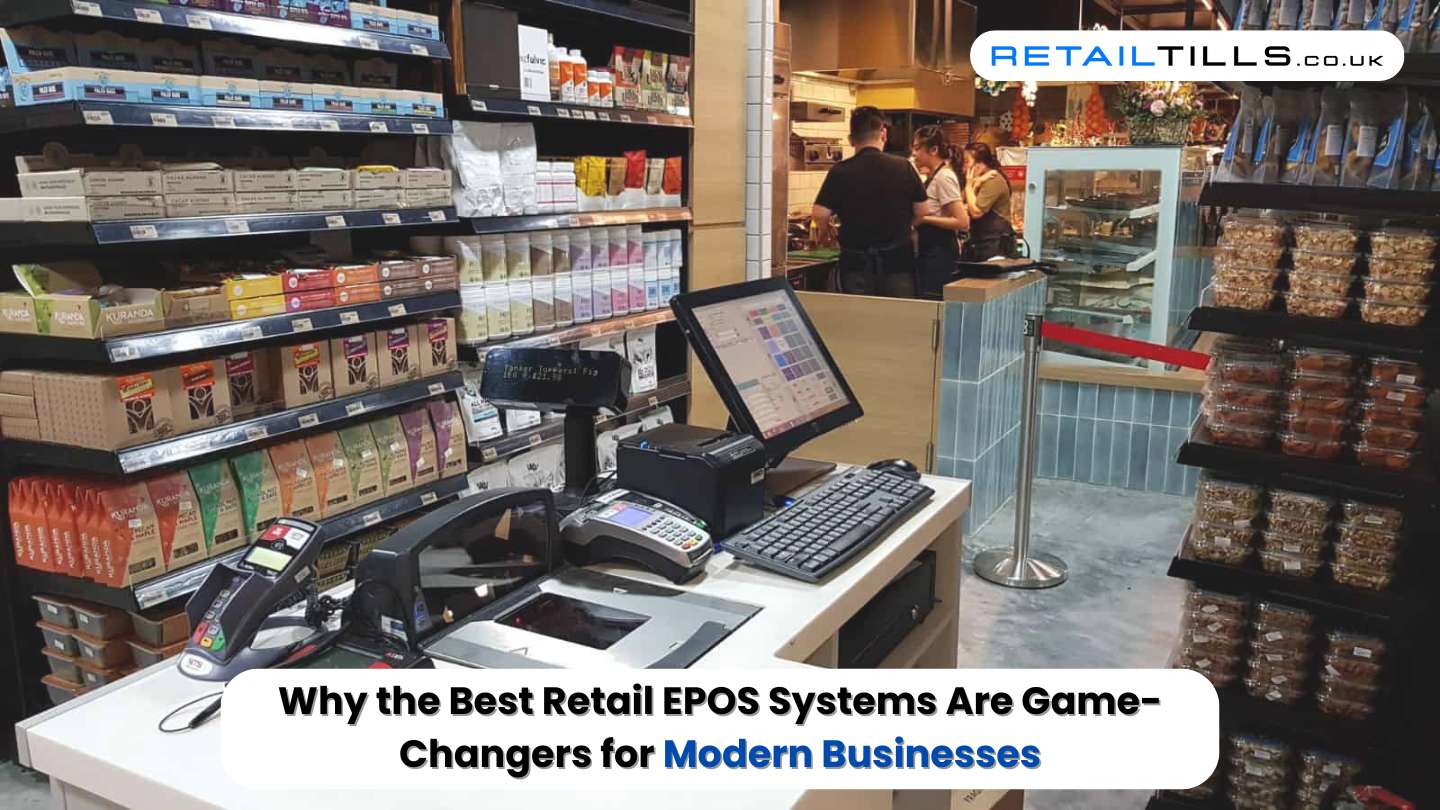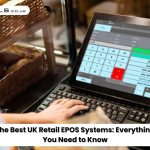Why the Best Retail EPOS Systems Are Game-Changers for Modern Businesses
Why the Best Retail EPOS Solutions Are Game-Changers for Business Today
Imagine it’s a Saturday afternoon, your shop is busy, and your old-fashioned till crashes. Been there? You’ll know why getting a good EPOS system for retail is not only nice to have – it’s survival in today’s competitive market.
Nowadays, customers expect immediate speed of service, multiple forms of payment, and seamless experiences. Meanwhile, business owners juggle stock, schedules, and disjointed sales data in multiple systems.
What Really Constitutes a Good Retail EPOS System
The reality about retail EPOS systems is that they’re not glorified calculators anymore. The best ones are actually your business’s command center, bringing together all aspects of your business.
Think about your typical day in retail. You’re juggling stock levels, returning items, evaluating what’s selling like crazy. A good retail EPOS system keeps all this running in sync, quite often getting ahead of you.
Inventory management in real time cuts out the embarrassment of having a customer ask for something you thought you had in stock. Sales analysis shows you trends you’d never have picked up on—like rainy days boosting sales on certain items.
The Features That Actually Matter
Come on—every EPOS supplier will batter you with lists that go on forever. But which actually matter? Cloud connectivity is number one on our list. When boutique owner Sarah in Manchester was burgled, she thought she’d lost weeks’ worth of sales history. Her cloud system saw her back online again in a few hours with everything intact.
Mobile capability has become indispensable to smaller retailers. Staff can accept payment anywhere in the shop in peak times, and so the entire floor is a point of sale.
How the Right EPOS System for Retail Transforms Operations
The contrast between struggling with legacy systems and possessing the correct retail EPOS system is like horse and cart versus a sports car. Contemporary systems take seconds to process transactions, handle contactless payments with ease, and effectively remove the need for human intervention in pricing.
With easy-to-use interfaces, staff training becomes a breeze. New recruits are able to process transactions confidently in hours, not days—particularly wonderful for seasonal stores that must get temporary staff up and running fast.
Beyond Transactions: The Hidden Benefits
New users are amazed at how much assistance their retail EPOS system provides with unplanned decisions. In-depth reporting can pick up trends that were not apparent through intuition. Statistics could reveal that impulse buying is highest on Fridays, which will make the weekly in-store display refills worth it.
Insights into customer behavior are especially helpful. Having data about which demographics have a preference for particular payment channels allows for more effective marketing and better scheduling of staff.
Entering the UK Retail EPOS Market
In choosing the right retail EPOS system in UK, there are matters taken into account that might be poorly understood by foreign suppliers. VAT processing, for instance, needs to be absolutely foolproof. The system must be able to handle different rates, deal with VAT-free goods accurately, and generate reports acceptable to HMRC without the need for an accounting qualification to understand.
Local payment behavior also is important. Though contactless payment has gone viral across the UK, cash still comprises a very large percentage of retail transaction volumes, particularly in certain industries and geographic locations. Your system needs to be able to handle this hybrid economy seamlessly.
Support timezone alignment might seem minor until you need help urgently. Having access to knowledgeable support during UK business hours, rather than waiting for overseas call centers to open, can mean the difference between a minor hiccup and a full day of lost sales.
Investment Considerations That Actually Matter
Price comparisons between EPOS systems can be misleading if you only compare headline prices. The monthly subscription fee is just the beginning. Transaction charges, additional user licenses, hardware requirements, and upgrade charges all contribute to the overall price.
But to put too much stress on cost savings is normally counterproductive. A process costing £20 a month but taking twice as much labor to carry out basic tasks isn’t exactly saving. Also choosing the cheapest option can remove you of features you need when your company grows.
Making the Transition Smoothly
Converting EPOS systems is high on the stress list of most retailers and, of course, for good reason. The thought of having to learn new procedures, train staff, and risking data loss is daunting. However, retailers that have successfully converted state that proper planning renders the process much less intimidating than expected.
Data migration requires special care. Professional vendors perform this exercise, but it helps to know precisely what data moves over and what may require manual intervention. Product databases, customer data, and historical sales records should transfer without issue.
Frequently Asked Questions
- What’s the real difference between entry-level and premium EPOS systems?
Premium systems include more advanced reporting, multi-site support, superior inventory capabilities, and more extensive integrations. Entry-level systems can capture transactions proficiently but may not include the analytical capabilities that cause businesses to expand.
- How do I know whether cloud-based is right for my business?
Cloud systems are adaptable and automatically backup but require reliable internet. If your internet is intermittent, hybrid systems that work offline and sync when on will suit better.
- What about system updates?
Quality cloud-based systems update automatically outside of working hours. You’ll typically wake up to new features with no downtime or even manual input required.
- Can I connect my EPOS to my existing accounting program?
Most modern systems will allow you to connect to leading accounting packages like Xero, QuickBooks, and Sage. You avoid double entry and keep your finances up to date.
- How quickly can I expect to achieve ROI from a new EPOS solution?
Most retailers see efficiency gains within weeks, but measurable ROI typically appears in 3-6 months in the form of time saving, reduced errors, and enhanced stock control.
- What if later on I want to include additional features?
The top systems have modular solutions with the ability to add functionality as your business evolves. This avoids paying extra for unused features upfront while maintaining scalability when necessary.
Choosing an EPOS system is a significant decision that will influence every part of your retail enterprise. Allow yourself time to discover your own unique requirements, test various solutions in-depth, and select a solution that truly adds benefit to your business goals rather than merely facilitating transactions.



